DSLR vs Mirrorless Cameras: Key Concepts and Comparisons
Digital Single-Lens Reflex (DSLR) cameras use a single lens and a reflex mirror to direct light. In a DSLR, light passes through the interchangeable lens and is bounced off a 45°-angled mirror into an optical viewfinder (OVF). This reflex mirror system (via a pentaprism or pentamirror) lets you see exactly what the lens sees. Key components of a DSLR include the interchangeable lens, reflex mirror, shutter curtains, image sensor, focusing screen, pentaprism (or pentamirror), and the optical viewfinder. Because of this mirror-and-prism assembly, DSLR bodies tend to be bulkier and heavier. DSLRs offer a real-time, lag-free optical view of the scene, but the mirror mechanism adds complexity (and a brief blackout in the viewfinder when the mirror flips up to take a photo).
-
DSLR Definition: DSLR stands for Digital Single-Lens Reflex. It is “digital” (uses an electronic sensor instead of film), “single-lens” (one lens is used for framing and capture), and “reflex” (it uses a mirror to reflect the image to the viewfinder).
-
Key Components (DSLR): Includes a lens, reflex mirror, aperture/shutter mechanism, image sensor, focusing screen, condenser lens and pentaprism, and an optical viewfinder. The reflex mirror directs light to the pentaprism, which inverts and projects the image upright to your eye.
Figure: Inside a DSLR — light from the lens (right) is reflected by the mirror (flip-up mirror) into the pentaprism, then through the optical viewfinder. When the shutter is released, the mirror flips up and the shutter allows light onto the sensor (left).
The DSLR mirror and viewfinder work together to give a true optical preview. As shown above, the mirror sits at a 45° angle. In normal viewing mode, it reflects light upward into the pentaprism/pentamirror assembly and into the OVF, so you see the real scene with no digital processing. When you press the shutter button, the mirror flips up and out of the way, the shutter opens, and the image sensor is exposed to the light — during this moment the viewfinder briefly blacks out. This mechanical process is time-tested and gives DSLR users a bright, lag-free view, which is particularly helpful when tracking fast-moving subjects. However, the mirror mechanism makes DSLRs larger and also introduces a slight viewfinder blackout during continuous bursts, as each frame requires flipping the mirror.
What Is a Mirrorless Camera?
Mirrorless cameras (often called compact system cameras) follow a simpler design: they have no reflex mirror or optical viewfinder mechanism. Light from the lens goes straight onto the image sensor. The scene is composed on an electronic display — either the rear LCD screen or an electronic viewfinder (EVF) — which shows a live preview of the sensor’s image. A typical mirrorless camera’s key components are the lens, mechanical shutter, image sensor, and electronic display/EVF. Because the bulky mirror box and pentaprism are removed, mirrorless bodies can be much smaller and lighter.
-
Mirrorless Definition: A mirrorless camera “lacks a reflex mirror”, meaning the light always reaches the sensor. Its body is generally slim and lightweight, and it uses a digital display (EVF or LCD) instead of an optical viewfinder.
-
Key Components (Mirrorless): Includes a lens, shutter mechanism, image sensor, and electronic viewfinder or LCD screen. (It does not have a mirror, pentaprism, or optical focusing screen.)
Size, Weight, and Build
DSLRs must accommodate the mirror and prism system, so they are typically larger and heavier. As one source notes, “mirrors take up a lot of space,” which is why DSLRs tend to have a substantial, heavy housing. Mirrorless cameras, by contrast, omit the mirror box, allowing a much more compact design. In practice, many mirrorless models are notably smaller (especially in APS-C or Micro Four Thirds formats), making them easier to carry for travel or street photography. However, high-end mirrorless cameras (full-frame bodies with professional build quality) can still be sizable and robust. Overall, mirrorless systems generally offer lighter ergonomics, while DSLRs often feel more substantial in hand (which some photographers prefer).
Performance Comparisons
Autofocus
DSLR autofocus: Traditional DSLRs use a phase-detection AF system with a dedicated sensor located behind the mirror. This separate AF module quickly measures light convergence for fast focusing when using the optical viewfinder. However, in live view (mirror up) or video mode, the DSLR must switch to slower contrast-detect AF (using the main sensor), because the phase-detect sensor is inactive when the mirror is flipped up.
Mirrorless autofocus: Mirrorless cameras rely entirely on the image sensor for autofocus. Modern mirrorless models place phase-detection pixels on the sensor, creating a unified AF system in all modes. This means both stills and video use the same AF system. As a result, mirrorless AF has not only caught up to DSLRs but often surpassed them in capability. Many current mirrorless cameras offer wider AF coverage, faster focusing, and sophisticated subject tracking (eye/face/animal detection). For example, new flagship models like Canon’s EOS R1 use on-sensor hybrid phase-detect AF and AI-powered tracking, enabling reliable focus on fast-moving people or animals.
-
Autofocus Technologies:
-
DSLR: Separate dedicated phase-detect AF sensor (fast in OVF mode); reverts to slower contrast AF in live-view/video.
-
Mirrorless: On-sensor phase-detect (or hybrid) AF for all modes. Modern mirrorless systems frequently outperform DSLRs in continuous-focus tracking and subject recognition.
-
Battery Life
One of the biggest practical differences is battery life. DSLRs traditionally hold a significant advantage here. Because an optical viewfinder requires no power to display the scene, DSLRs can shoot far more frames per battery than mirrorless. For instance, a typical DSLR might be rated for 800–1500 shots per charge, whereas a comparable mirrorless camera may only manage 300–500 shots. (Real-world usage varies, but the gap remains.) The result is that mirrorless shooters often carry multiple spare batteries for a full day of shooting. In contrast, a DSLR enthusiast can often work with one or two batteries for extended sessions.
-
Battery Life: DSLRs generally offer much longer life (on the order of ~800+ shots per charge) than mirrorless cameras (often 300–500 shots). This is because mirrorless EVFs/LCDs and sensor live-view consume significantly more power.
Image Quality
In terms of still image quality, there is no inherent difference between DSLR and mirrorless: both use similar sensors (APS-C, full-frame, etc.) and processing. Both systems are capable of capturing high-resolution, low-noise images. Mirrorless cameras used to lag in quality when they only offered small sensors, but today many mirrorless models have full-frame (35mm) or large APS-C sensors just like DSLRs. As one review notes, modern mirrorless can match DSLRs in image detail and noise performance. In practice, image quality depends on sensor size, resolution, and processing, not on the presence of a mirror. Thus, for most users, either system can deliver excellent images given comparable specifications.
-
Image Quality: Both DSLRs and mirrorless cameras can produce equally excellent still images. Modern mirrorless sensors (APS-C and full-frame) now rival or equal DSLR sensors, so the choice of system does not limit image quality by itself.
Video Capability
Mirrorless cameras have surged ahead in video features. Many mirrorless models (especially full-frame) offer advanced video specs: high-resolution recording (4K/8K), fast frame rates, in-body stabilization (IBIS), and silent electronic shutters. For example, mirrorless cameras like the Canon EOS R series can shoot silently at very high burst/frame rates via electronic shutter modes. DSLRs, in contrast, use mechanical shutters (which make a sound) and historically had slower autofocus and lower continuous shooting speeds in video. A downside of mirrorless video can be rolling-shutter distortion (since the sensor is read line-by-line), but stacked-sensor designs (e.g. Sony’s new global-shutter CMOS) are beginning to eliminate that issue. Overall, videographers tend to favor mirrorless for their richer video toolsets.
-
Video and Burst: Mirrorless systems typically excel with video: they often provide silent shooting, high burst rates (some models approach 30 fps for stills and video), and advanced stabilization. DSLRs can shoot high-quality video, but may not have as many modern conveniences (silent mode, high frame rates, or in-body stabilization) as comparable mirrorless models.
Pros and Cons
-
DSLR Pros:
-
Optical Viewfinder: Bright, lag-free OVF showing exactly the scene through the lens.
-
Battery Life: Generally much longer per charge.
-
Lens Selection: A vast library of lenses (especially for Canon/Nikon mounts) built up over decades.
-
Low-End Price: More affordable options and used DSLRs are often very cheap.
-
Ruggedness: Many DSLRs have solid builds and comfortable grips (weather-sealing on pro models).
-
-
DSLR Cons:
-
Size/Weight: Bulky due to mirror/prism.
-
New Development: Fewer new DSLR models being introduced; manufacturers are focusing on mirrorless.
-
Video and AF: Slower live-view autofocus, fewer video-centric features (e.g. silent shooting).
-
Stabilization: In-body stabilization (5-axis IBIS) is rare or absent in most DSLRs.
-
-
Mirrorless Pros:
-
Compact Design: Smaller, lighter bodies (no mirror/prism).
-
Electronic Viewfinder: EVF provides exposure preview and overlays (histograms, etc.), and recent EVFs are very high resolution.
-
Advanced Autofocus: Fast, accurate on-sensor AF with wide coverage; many models include AI subject tracking (eyes, animals).
-
Video Features: Strong video capabilities (silent electronic shutter, high fps, IBIS).
-
Innovation: Newer models often include the latest tech (5-axis stabilization, touchscreen EVFs, live histogram) and a rapidly expanding lens lineup.
-
-
Mirrorless Cons:
-
Battery Life: Generally shorter per charge due to constant LCD/EVF use.
-
EVF Limitations: Early EVFs suffered from lag, low light noise, or lower resolution; modern ones are much improved, but some users still prefer optical viewing.
-
Transition Costs: New mirrorless systems can be expensive; switching brands may require new lenses (though adapters can help).
-
Learning Curve: The abundance of menu settings and features can overwhelm beginners.
-
Niche Lenses: Some specialized lenses may not have mirrorless equivalents yet (though this is quickly changing).
-
Ideal Users and Use Cases
The best choice depends on the photographer’s needs:
-
Beginners and Enthusiasts: Mirrorless is often recommended for newcomers because the live EVF preview makes learning exposure and settings more intuitive. Its compact size also makes it less intimidating and easier to carry around.
-
Travel and Street Photography: Mirrorless systems shine here due to portability and the ability to quickly see results (exposure, depth-of-field) on screen. As one guide puts it, if you “like to travel with your camera” and want a “helpful exposure preview,” mirrorless is ideal.
-
Sports, Wildlife, and Action: Modern mirrorless cameras with high frame rates and excellent AF tracking are favored for fast action. However, some sports pros still appreciate top-end DSLRs for their optical viewfinder and proven long-burst endurance. In general, mirrorless has taken the lead with models offering super-fast continuous shooting and eye-tracking AF for dynamic scenes.
-
Landscape, Portrait, and Studio: Both systems are capable. DSLRs may appeal to some studio or landscape shooters who prefer an optical viewfinder and maximum battery life during long shoots. Others may prefer mirrorless for silent shooting and instant feedback on focus/composition.
-
Event and Wedding Photography: Mirrorless is rapidly becoming the norm for weddings and events because of silent shooting, live previews, and advanced autofocus (especially eye-focus for portraits).
-
Videographers and Hybrid Shooters: Mirrorless cameras generally provide better video functionality (silent shooting, in-body stabilization, high-resolution EVFs), making them the favored choice for hybrid photo/video work.
-
Budget and Legacy Systems: Photographers heavily invested in DSLR lenses or on a tight budget might opt to stick with or buy a used DSLR system, since DSLRs remain cheap and mature technology. As one reviewer notes, DSLRs “still have some advantages” and a large second-hand market.
Future Trends in Camera Technology
The industry is clearly moving toward mirrorless technology. Canon and Nikon (two DSLR pioneers) have signaled the winding down of DSLR development: Nikon has “halted development of new SLR cameras” and will focus on its Z-series mirrorless, while Canon’s chairman confirmed that its last flagship DSLR (1D X Mark III) will be the final model in that line. Despite this, DSLRs will still be produced in lower-end markets for a while, but “mirrorless is very much the way of the future”.
Several technological trends are emerging:
-
Sensor and Shutter Technology: Stacked CMOS sensors and even global-shutter designs are arriving. For example, Sony’s upcoming α9 III will use a full-frame stacked sensor with a global shutter, eliminating rolling-shutter distortion for ultra-fast action and video. These advancements allow higher frame rates and better image quality under challenging conditions.
-
Artificial Intelligence: Cameras are incorporating more AI-driven features. Advanced autofocus already uses AI to recognize and track eyes, faces, animals, or vehicles automatically. Future models will likely extend AI to other tasks, like smart scene modes, in-camera focus stacking, and automatic image enhancement.
-
Improved EVFs and Displays: Electronic viewfinders continue to improve in resolution and refresh rate. The gap between EVFs and optical viewfinders is narrowing, with high-end EVFs now offering nearly imperceptible lag and rich information overlays (focus peaking, zebras, live histograms). We can expect EVFs to become even more lifelike and power-efficient.
-
Video Evolution: 8K video and computational video features are becoming common. Hybrid cameras will integrate more video-centric innovations (e.g. built-in ND filters, high-bit-depth codecs) borrowed from cinema cameras. Mirrorless models already lead with 4K/8K and high-speed recording; this will only accelerate.
-
Connectivity and Computational Photography: Cameras will embrace smartphone-inspired tech: in-camera HDR, multi-frame noise reduction, AI editing, and seamless wireless connectivity. We may see more cloud integration (automatic upload, syncing) and AI-based editing assistants on the camera itself.
-
Market Shifts: While dedicated cameras remain relevant for enthusiasts and professionals, the lines between camera and smartphone capabilities will blur. High-end compact and mirrorless cameras will continue to differentiate themselves with large sensors, better optics, and faster operation. Compact system cameras (mirrorless) will dominate new interchangeable-lens camera sales as DSLRs are phased out.
Overall, mirrorless design principles (electronic viewing, on-sensor capture) will shape the future of digital cameras. Neither format is “wrong,” but the trends favor mirrorless innovation. Manufacturers are heavily investing in mirrorless R&D, so buyers can expect even faster autofocus, better stabilization, and smarter features in the coming years.
| Feature | DSLR Camera | Mirrorless Camera |
|---|---|---|
| Mirror Mechanism | Uses a reflex mirror and pentaprism to direct light to an optical viewfinder. | No mirror; light goes directly to sensor. Image is viewed on an EVF or LCD. |
| Viewfinder | Optical (OVF): View is direct through lens (reflected via mirror), showing the scene in real time. | Electronic (EVF): Displays a live digital preview from the sensor, including exposure/white balance effects. |
| Body Size/Weight | Generally larger/heavier (mirror box and prism add bulk). | Generally smaller/lighter (no mirror assembly). |
| Battery Life | Longer: Example: 800+ shots per charge is common. OVF uses no power. | Shorter: Often ~300–500 shots per charge. EVF/LCD and processing consume more power. |
| Autofocus | Phase-detect via separate sensor: Very fast in optical-viewfinder mode; slower contrast AF in live view. | On-sensor AF: Hybrid/phase-detect on the imaging sensor, fast in both stills and video; often excels in tracking. |
| Image Quality | High (various sensors). Full-frame and APS-C DSLRs have proven image quality. | High (modern sensors). Many mirrorless now have the same APS-C/full-frame sensors. |
| Video Performance | Good, but typically limited by older AF systems and mechanical shutter sound. | Often superior: silent electronic shutters, higher frame rates (some models ~30 fps), and common in-body stabilization. |
| Lens Selection | Extensive legacy lens lineup (especially Nikon F, Canon EF), including many used/affordable lenses. | Rapidly growing lens choices. Adapters allow DSLR lenses to be used. Major new mounts (Sony E, Canon RF, Nikon Z) expanding quickly. |
| Pros | Optical viewfinder (no lag); very good battery life; proven durability; often less expensive used. | Compact/lighter; EVF with preview of exposure; advanced autofocus and subject tracking; strong video features; IBIS common. |
| Cons | Bulky/heavy; fewer new models; no modern AF in live view; rare IBIS. | Shorter battery life; EVF can show noise in low light; initially fewer native lenses (less used gear); higher upfront cost. |
Summary: DSLRs (Digital Single-Lens Reflex) cameras use a mirror and optical viewfinder, giving a true-to-life viewing experience and long battery life. Mirrorless cameras eliminate the mirror, using an electronic viewfinder or LCD preview, resulting in smaller bodies and cutting-edge autofocus/video performance. Each has trade-offs: DSLRs excel in battery endurance and optical clarity, while mirrorless systems offer advanced features (exposure preview, faster burst rates, silent shooting) and are the focus of current innovation. Ultimately, the right choice depends on your shooting style and priorities.
Sources: Authoritative photography guides and reviews. These include industry analyses, manufacturer resources, and expert comparisons for the latest insights.
DSLR vs Mirrorless Cameras: Key Concepts and Comparisons Wallpapers
Collection of DSLR vs Mirrorless Cameras: Key Concepts and Comparisons wallpapers for your desktop and mobile devices.

Dslr Vs Mirrorless Cameras: Key Concepts And Comparisons Photograph
Beautiful dslr vs mirrorless cameras: key concepts and comparisons wallpaper with stunning details and colors.
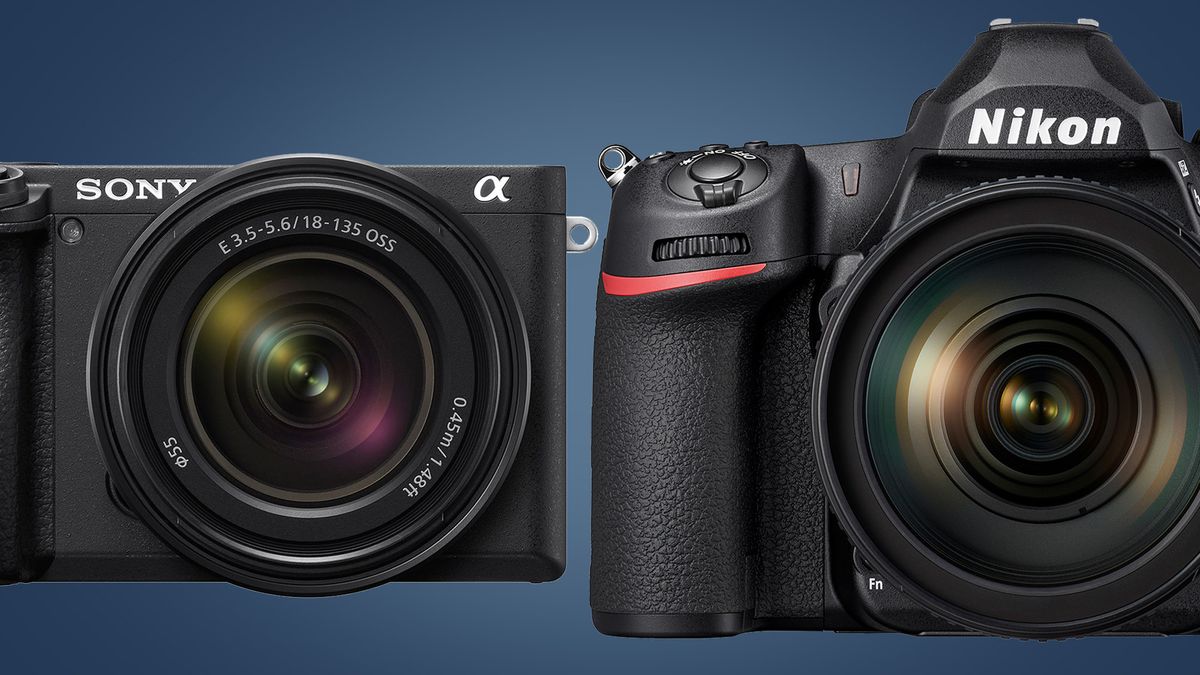
Dslr Vs Mirrorless Cameras: Key Concepts And Comparisons Image
Amazing dslr vs mirrorless cameras: key concepts and comparisons background image for your devices.

Dslr Vs Mirrorless Cameras: Key Concepts And Comparisons Image
High quality dslr vs mirrorless cameras: key concepts and comparisons image perfect for desktop or mobile wallpaper.
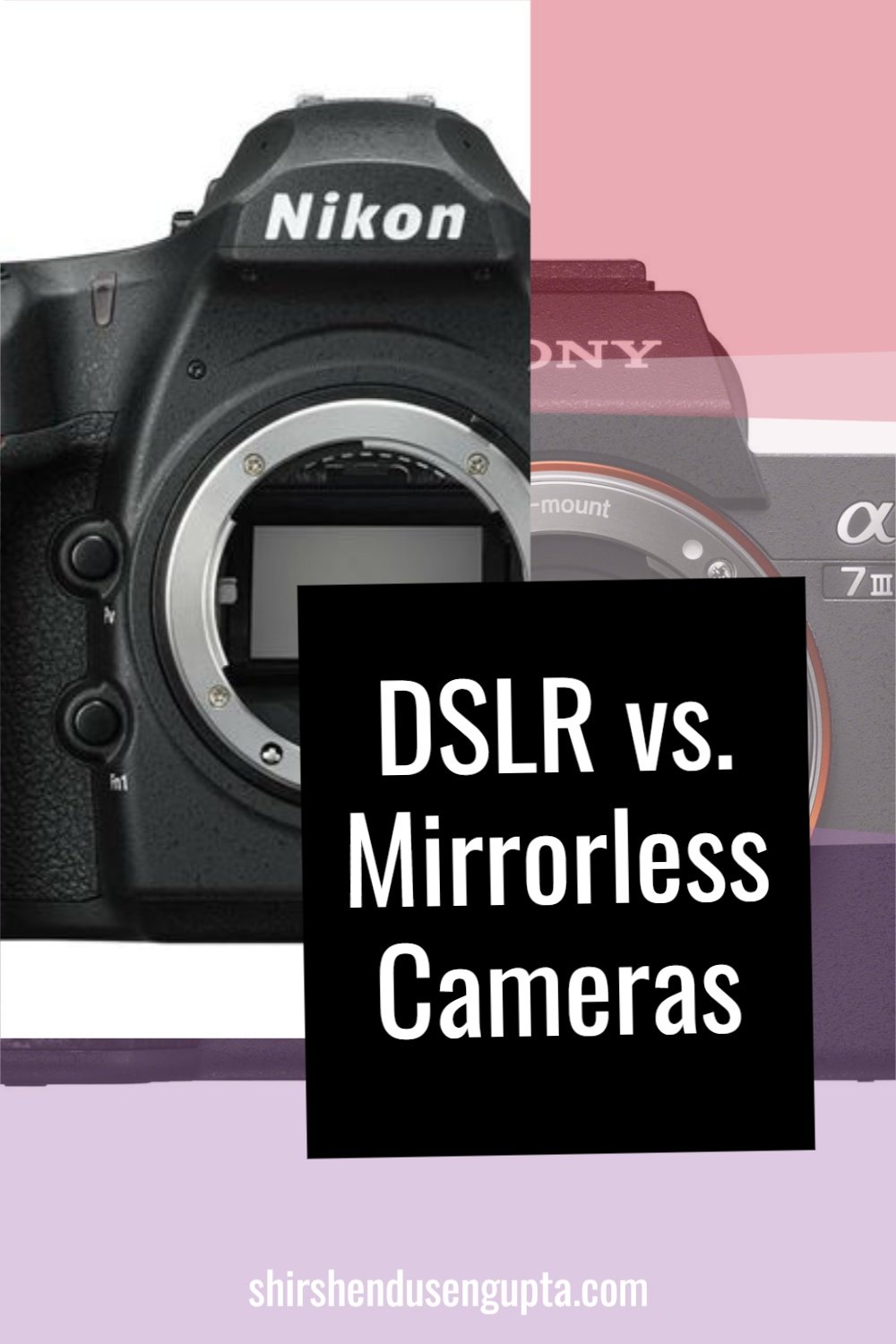
Dslr Vs Mirrorless Cameras: Key Concepts And Comparisons Wallpaper
High quality dslr vs mirrorless cameras: key concepts and comparisons image perfect for desktop or mobile wallpaper.

Dslr Vs Mirrorless Cameras: Key Concepts And Comparisons View
Gorgeous dslr vs mirrorless cameras: key concepts and comparisons photo that makes a perfect wallpaper.
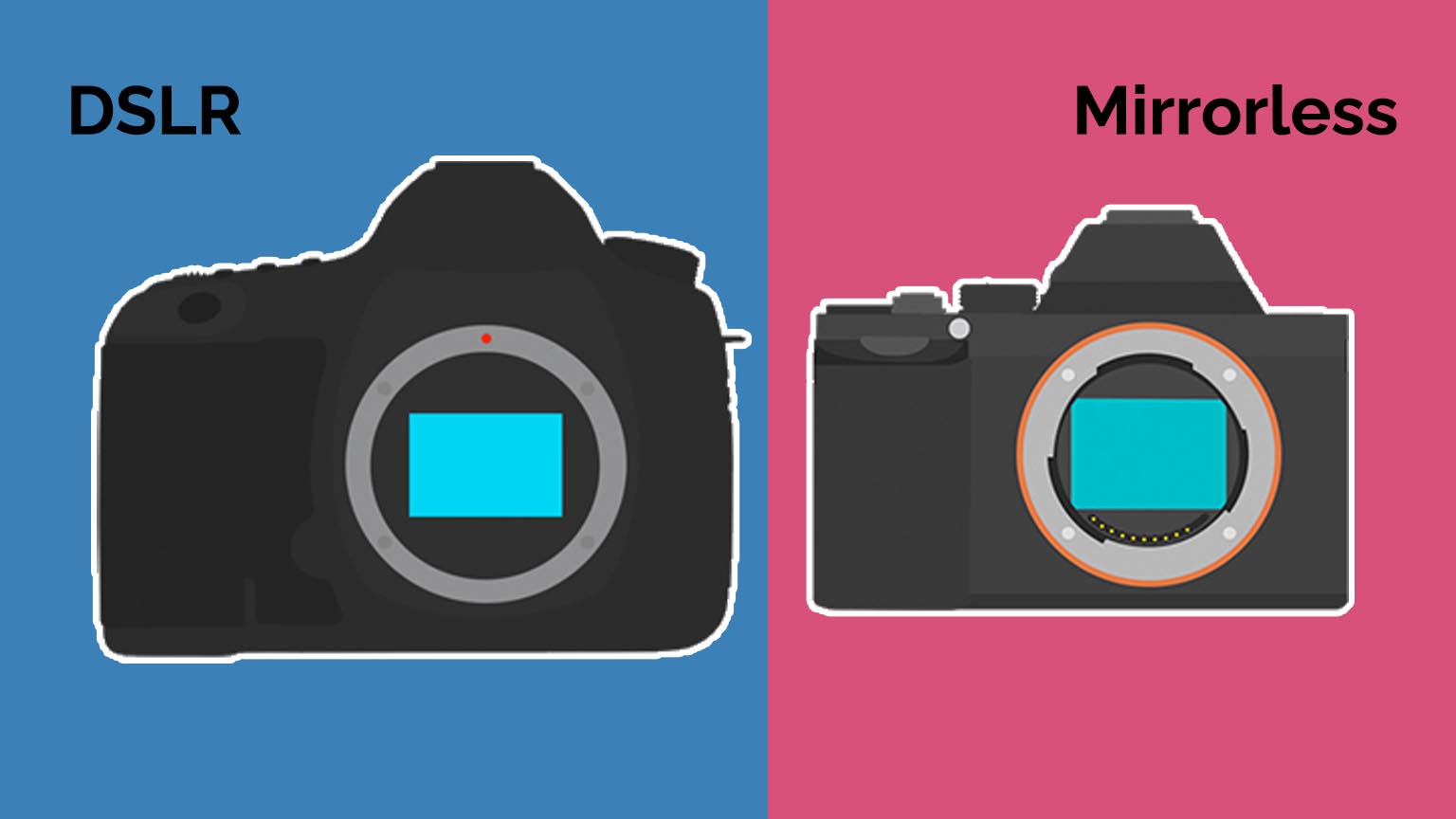
Dslr Vs Mirrorless Cameras: Key Concepts And Comparisons Background
Gorgeous dslr vs mirrorless cameras: key concepts and comparisons photo that makes a perfect wallpaper.

Dslr Vs Mirrorless Cameras: Key Concepts And Comparisons Photo
High quality dslr vs mirrorless cameras: key concepts and comparisons image perfect for desktop or mobile wallpaper.
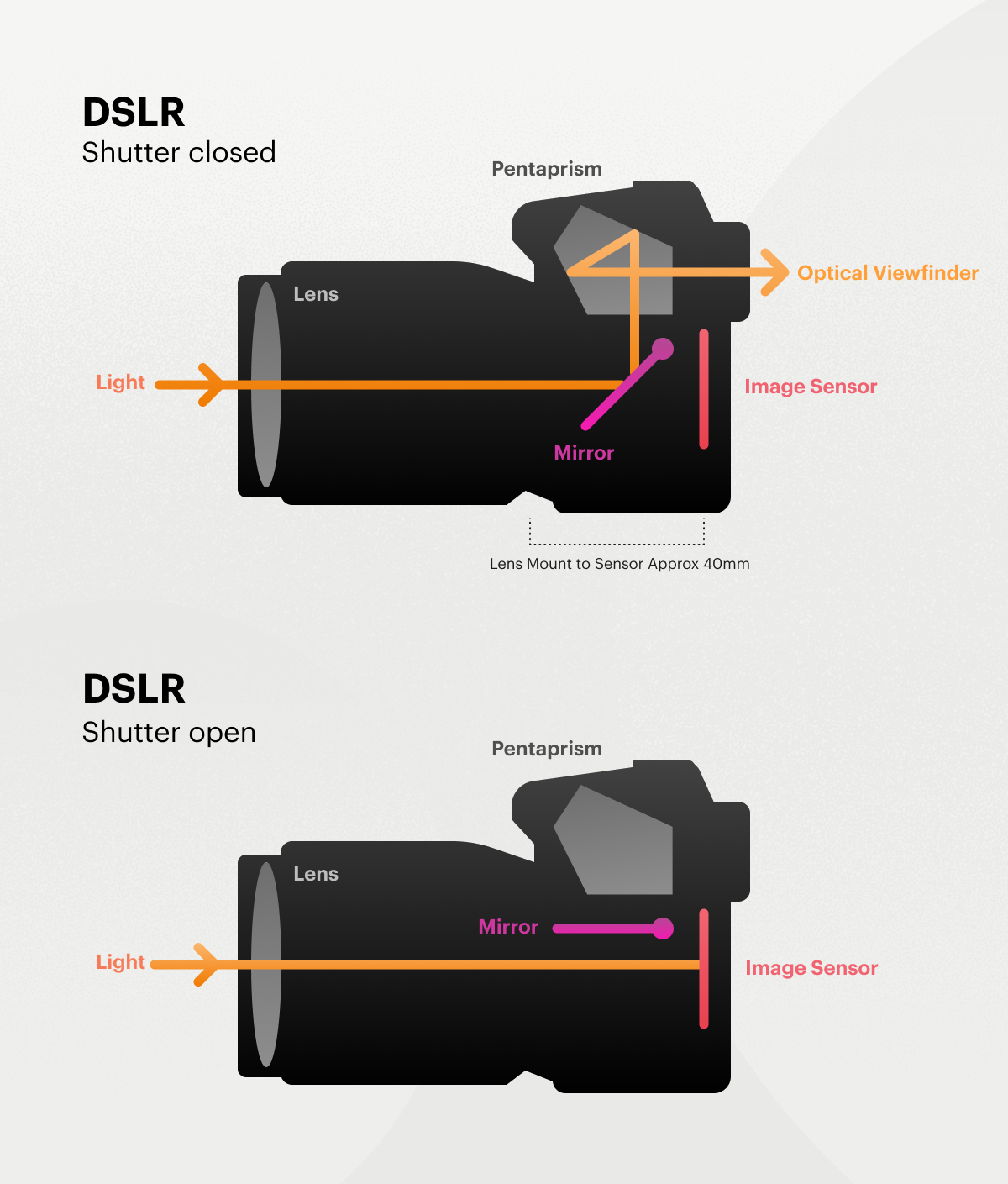
Dslr Vs Mirrorless Cameras: Key Concepts And Comparisons Photo
High quality dslr vs mirrorless cameras: key concepts and comparisons image perfect for desktop or mobile wallpaper.

Dslr Vs Mirrorless Cameras: Key Concepts And Comparisons Backdrop
Amazing dslr vs mirrorless cameras: key concepts and comparisons background image for your devices.

Dslr Vs Mirrorless Cameras: Key Concepts And Comparisons Image
Stunning dslr vs mirrorless cameras: key concepts and comparisons image with high resolution quality.

Dslr Vs Mirrorless Cameras: Key Concepts And Comparisons Picture
Amazing dslr vs mirrorless cameras: key concepts and comparisons background image for your devices.

Dslr Vs Mirrorless Cameras: Key Concepts And Comparisons View
Amazing dslr vs mirrorless cameras: key concepts and comparisons background image for your devices.

Dslr Vs Mirrorless Cameras: Key Concepts And Comparisons Picture
High quality dslr vs mirrorless cameras: key concepts and comparisons image perfect for desktop or mobile wallpaper.

Dslr Vs Mirrorless Cameras: Key Concepts And Comparisons Picture
Stunning dslr vs mirrorless cameras: key concepts and comparisons image with high resolution quality.
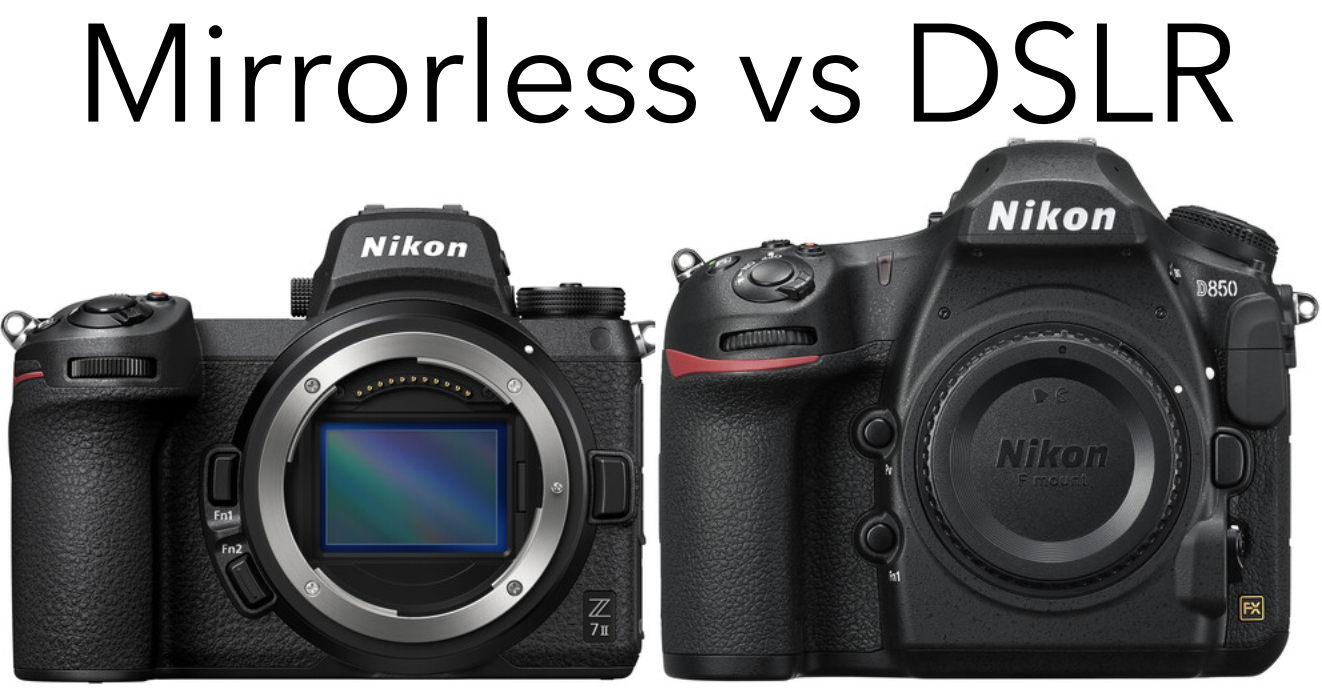
Dslr Vs Mirrorless Cameras: Key Concepts And Comparisons Wallpaper
Stunning dslr vs mirrorless cameras: key concepts and comparisons image with high resolution quality.

Dslr Vs Mirrorless Cameras: Key Concepts And Comparisons Backdrop
Beautiful dslr vs mirrorless cameras: key concepts and comparisons wallpaper with stunning details and colors.

Dslr Vs Mirrorless Cameras: Key Concepts And Comparisons Image
Beautiful dslr vs mirrorless cameras: key concepts and comparisons wallpaper with stunning details and colors.
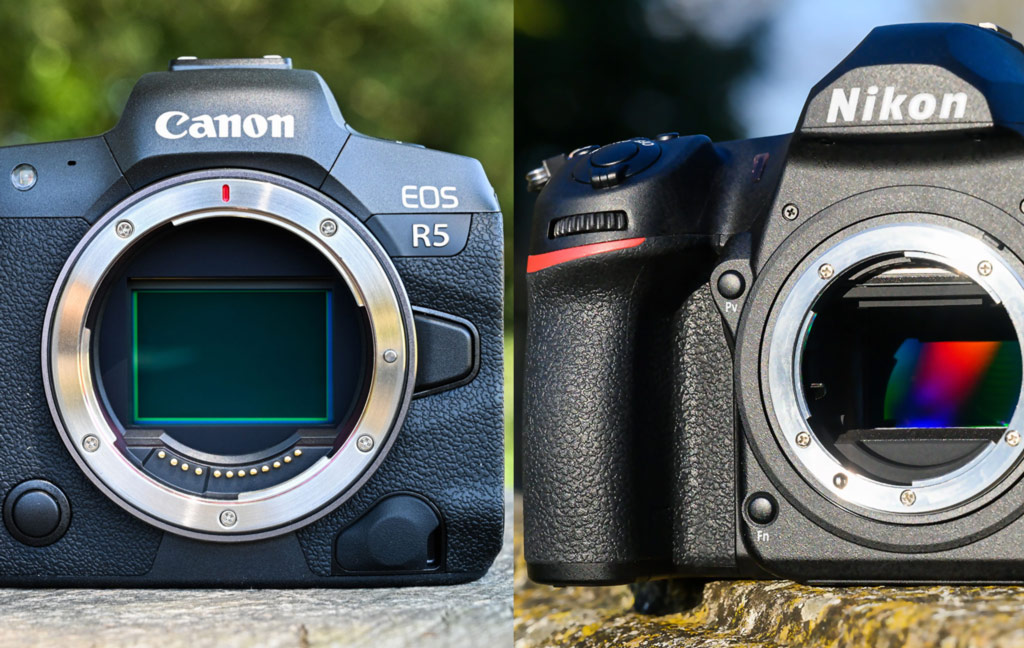
Dslr Vs Mirrorless Cameras: Key Concepts And Comparisons Picture
Amazing dslr vs mirrorless cameras: key concepts and comparisons background image for your devices.
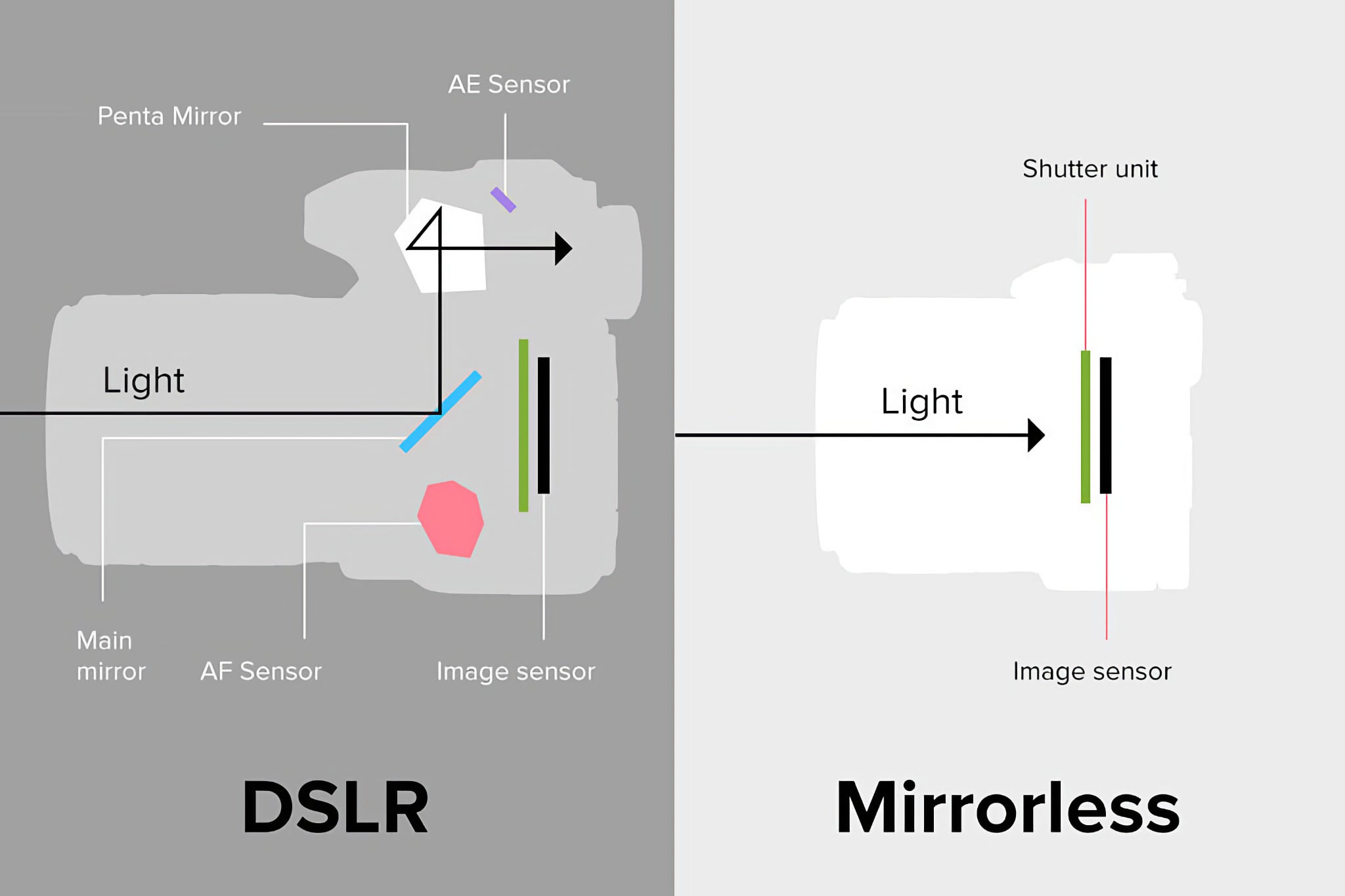
Dslr Vs Mirrorless Cameras: Key Concepts And Comparisons Shot
Gorgeous dslr vs mirrorless cameras: key concepts and comparisons photo that makes a perfect wallpaper.
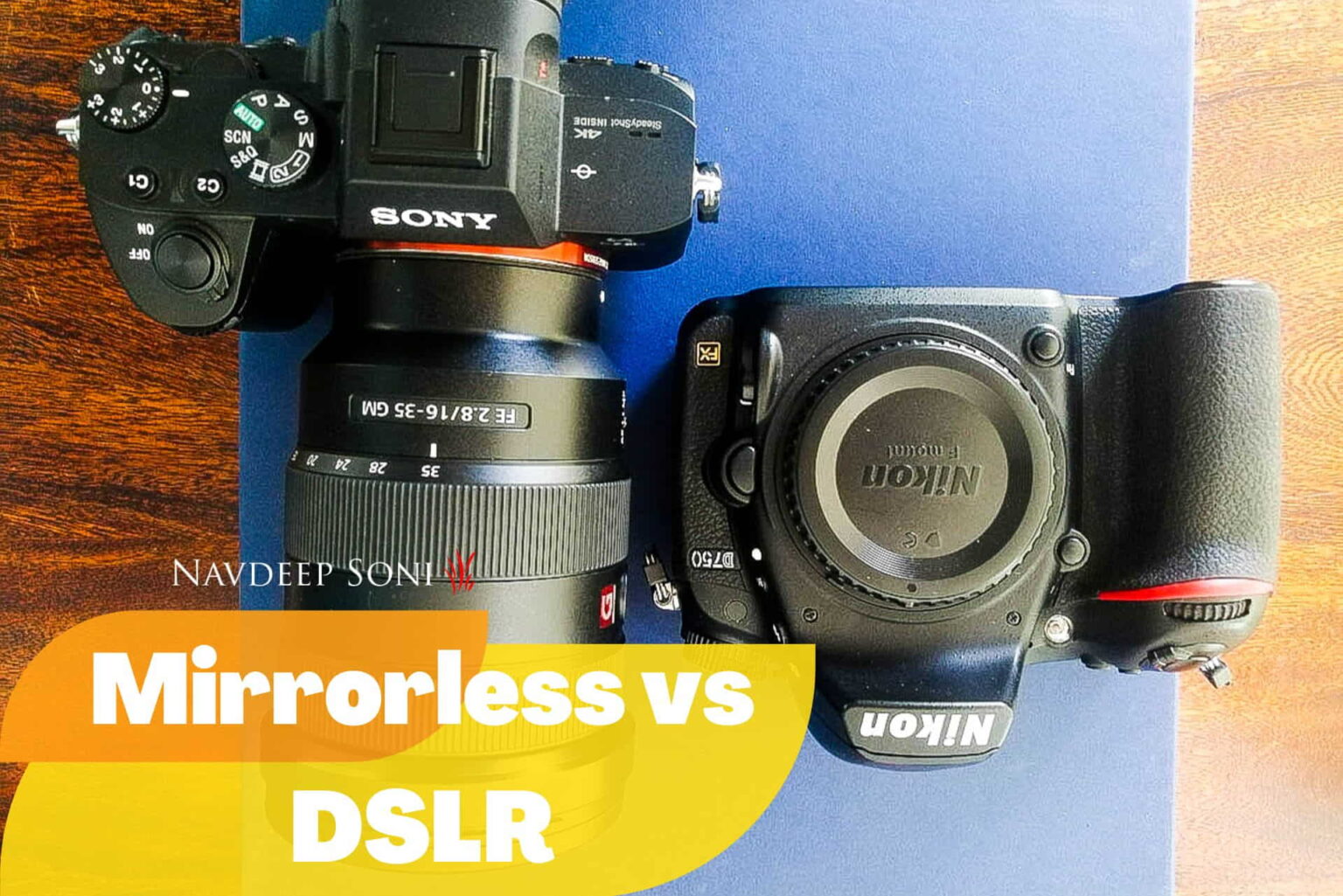
Dslr Vs Mirrorless Cameras: Key Concepts And Comparisons Backdrop
Gorgeous dslr vs mirrorless cameras: key concepts and comparisons photo that makes a perfect wallpaper.
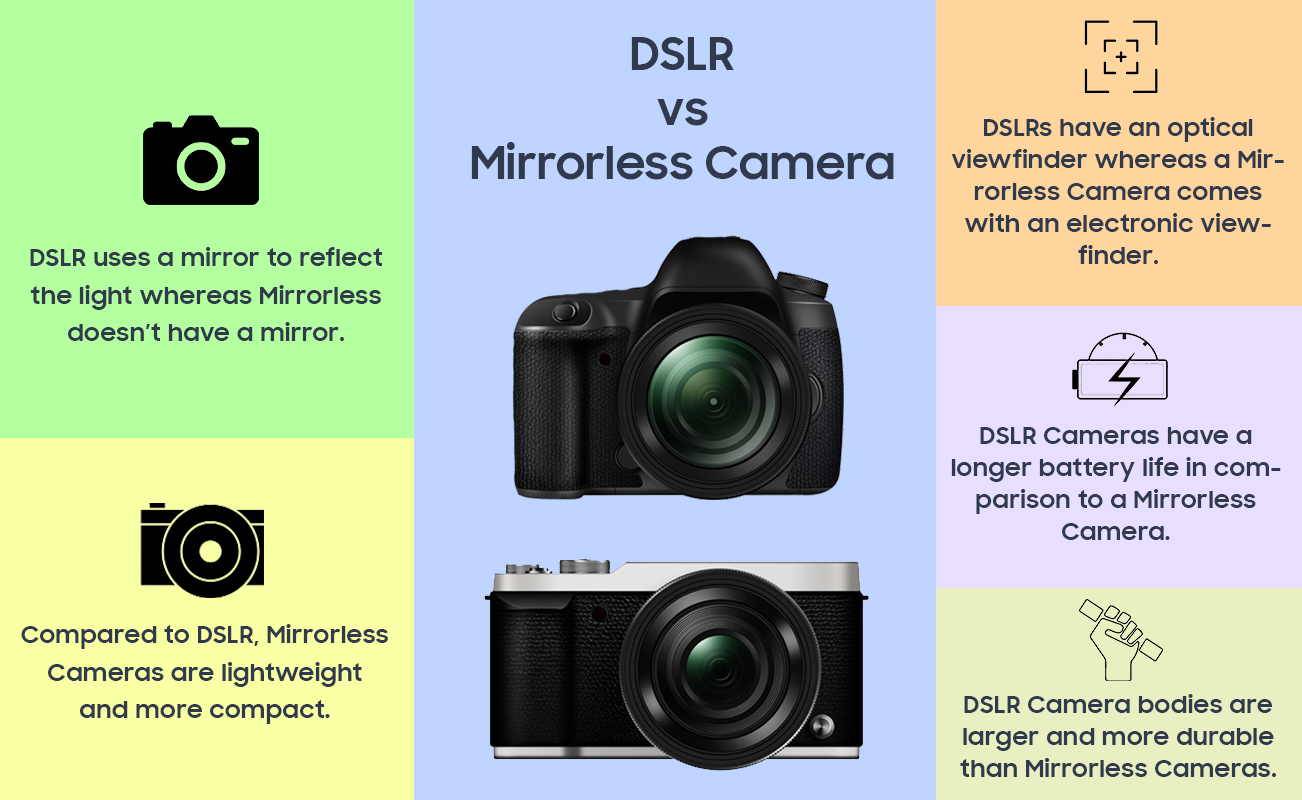
Dslr Vs Mirrorless Cameras: Key Concepts And Comparisons Picture
Amazing dslr vs mirrorless cameras: key concepts and comparisons background image for your devices.

Dslr Vs Mirrorless Cameras: Key Concepts And Comparisons Photograph
Beautiful dslr vs mirrorless cameras: key concepts and comparisons wallpaper with stunning details and colors.
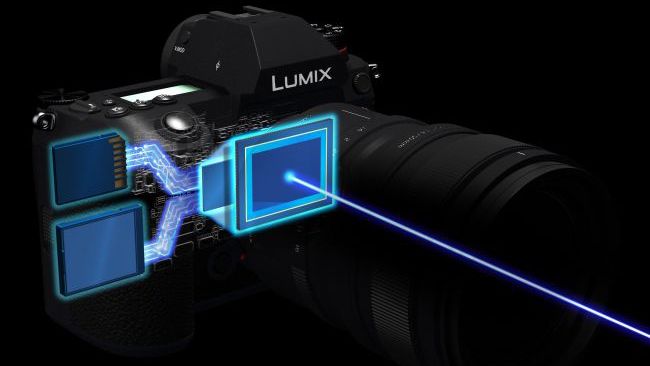
Dslr Vs Mirrorless Cameras: Key Concepts And Comparisons Photo
Amazing dslr vs mirrorless cameras: key concepts and comparisons background image for your devices.
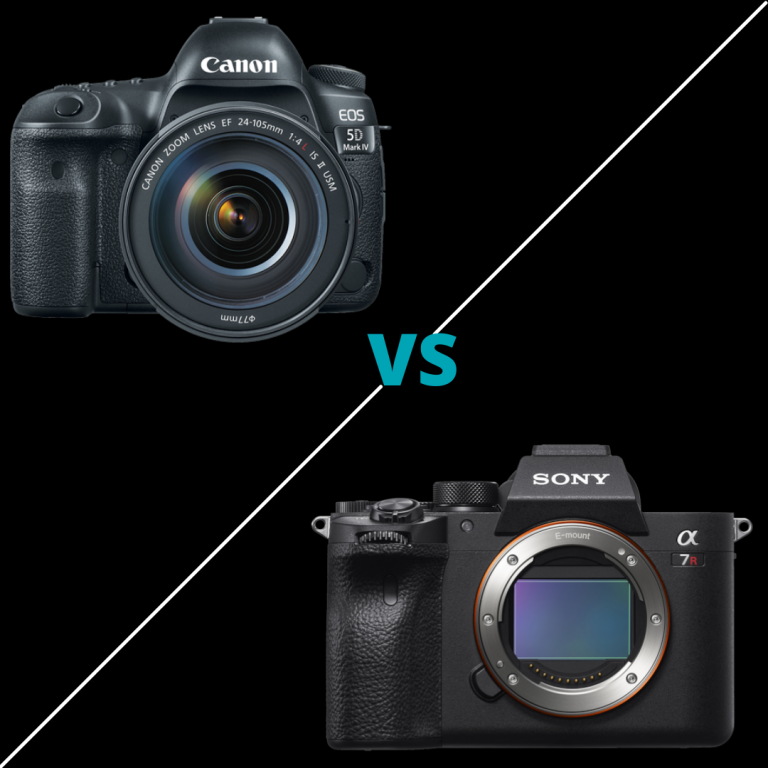
Dslr Vs Mirrorless Cameras: Key Concepts And Comparisons Photograph
Gorgeous dslr vs mirrorless cameras: key concepts and comparisons photo that makes a perfect wallpaper.

Dslr Vs Mirrorless Cameras: Key Concepts And Comparisons Scenery
Amazing dslr vs mirrorless cameras: key concepts and comparisons background image for your devices.
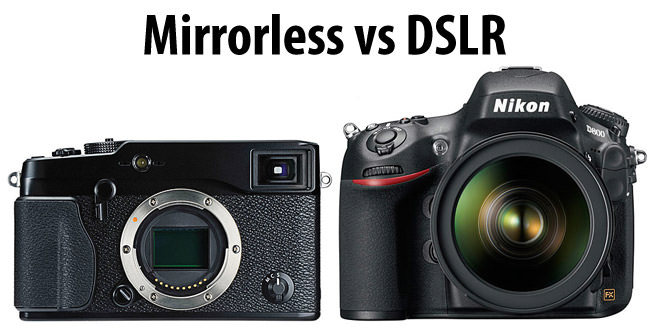
Dslr Vs Mirrorless Cameras: Key Concepts And Comparisons Image
Beautiful dslr vs mirrorless cameras: key concepts and comparisons wallpaper with stunning details and colors.

Dslr Vs Mirrorless Cameras: Key Concepts And Comparisons Scenery
Beautiful dslr vs mirrorless cameras: key concepts and comparisons wallpaper with stunning details and colors.
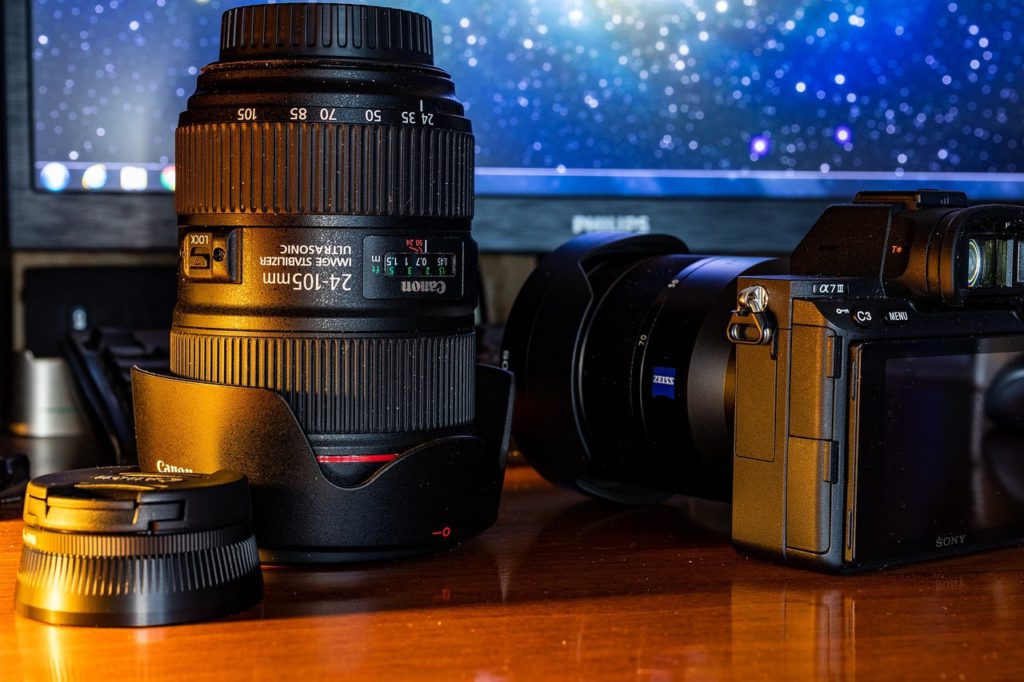
Dslr Vs Mirrorless Cameras: Key Concepts And Comparisons Photo
Amazing dslr vs mirrorless cameras: key concepts and comparisons background image for your devices.

Dslr Vs Mirrorless Cameras: Key Concepts And Comparisons Photograph
High quality dslr vs mirrorless cameras: key concepts and comparisons image perfect for desktop or mobile wallpaper.
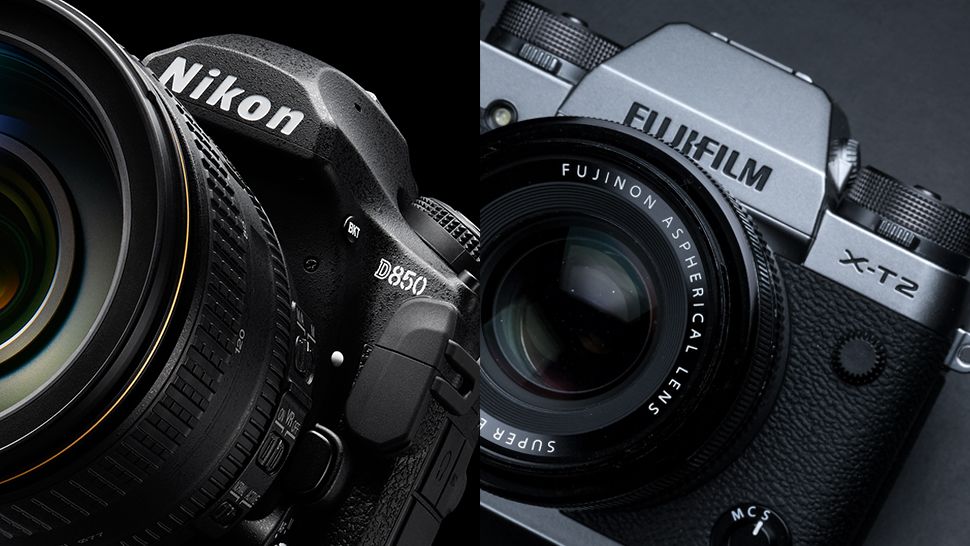
Dslr Vs Mirrorless Cameras: Key Concepts And Comparisons Picture
Beautiful dslr vs mirrorless cameras: key concepts and comparisons wallpaper with stunning details and colors.
Download these DSLR vs Mirrorless Cameras: Key Concepts and Comparisons wallpapers for free and use them on your desktop or mobile devices.